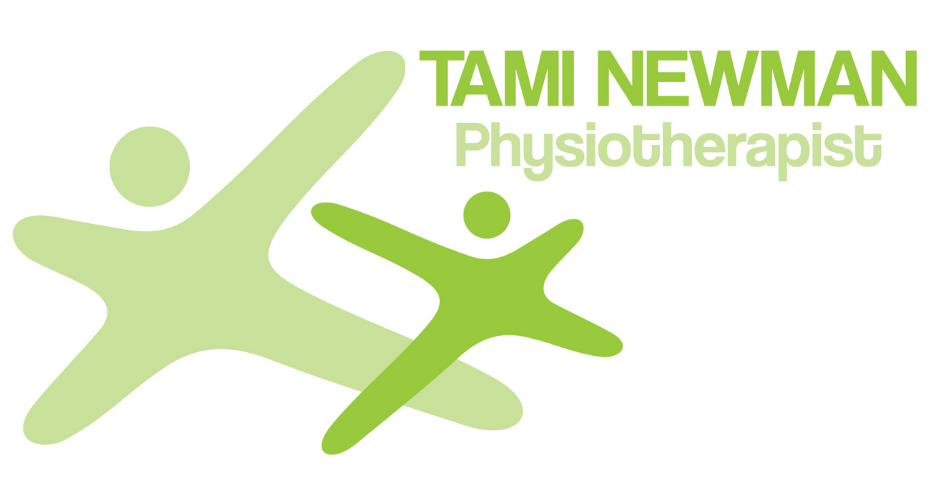If used incorrectly, though, it can worsen an injury and cause even more damage. It is therefore always advisable to consult your physiotherapist before you start treatment.
Cold therapy
Cold is typically applied within the first 24-48 hours of the acute stage of an injury, to prevent tissue damage or after the first 48 hours if inflammation persists. It may also be used after an exercise program to prevent or reduce pain and swelling or to ease muscle spasms.
How to use cold therapy
Cold therapy can be used throughout the day for approximately 10 to 15 minutes at a time. It is important to use a damp towel between the ice pack and the skin to increase effectiveness and decrease the risk of nerve or skin damage, which could lead to frostbite. Visually check the area of the body being treated with ice packs or other cooling agents every 5 minutes – while there may be discomfort and redness initially, treatment should be discontinued if these symptoms persist. While cold therapy is a good treatment option for many, it is not recommended for people with some medical conditions. Always check with your physiotherapist first.
Heat sources such as hot packs dilate blood vessels and increase blood flow, delivering needed nutrients and oxygen to cells in the area being heated, aiding the removal of cell waste and promoting healing.
Therapeutic heat is often used in the chronic phase of an injury. It may also be used prior to physiotherapy or exercise to decrease muscle tension and increase flexibility and range of motion. It also plays a role in pain management and reduction of muscle spasms, muscle tension and joint stiffness.
Heat therapy should be avoided in the acute phase of an injury when swelling is present and the skin is hot to touch.
Hot packs should be applied for 15 to 20 minutes. Visually check the skin every 5 minutes and discontinue treatment if there are abnormal changes in skin colour or you experience increased discomfort.
Do not lie on a hot pack or apply heat when going to sleep since it increases the likelihood of burns resulting from close or prolonged contact with the heat source.
While heat therapy is a good treatment option for many it is not recommended for people with some medical conditions. Always check with your physiotherapist first.
Acute and chronic injuries
Acute injuries are injuries that happen suddenly and can cause severe pain. The injury often results from impact or trauma, such as a fall, sprain, or collision. The cause of chronic injuries is less obvious and can be subtle and slow to develop. Acute injuries may cause dull pain or soreness and are often the result of overuse.
Cold therapy with ice is the best immediate treatment for acute injuries because it reduces swelling and pain. Cold therapy is also helpful in treating some overuse injuries or chronic pain in athletes.
Heat is generally used for chronic injuries or injuries that have no inflammation or swelling. Sore, stiff, nagging muscle or joint pain is ideal for the use of heat therapy. Athletes with chronic pain or injuries may use heat therapy before exercise to increase the elasticity of joint connective tissues and to stimulate blood flow. Heat can also help relax tight muscles or muscle spasms. Don’t apply heat after exercise. After a workout, ice is the better choice on a chronic injury.
I hope this information has helped clarify this issue. If you have any doubts or questions about the best way to deal with an injury, please feel free to contact me.
